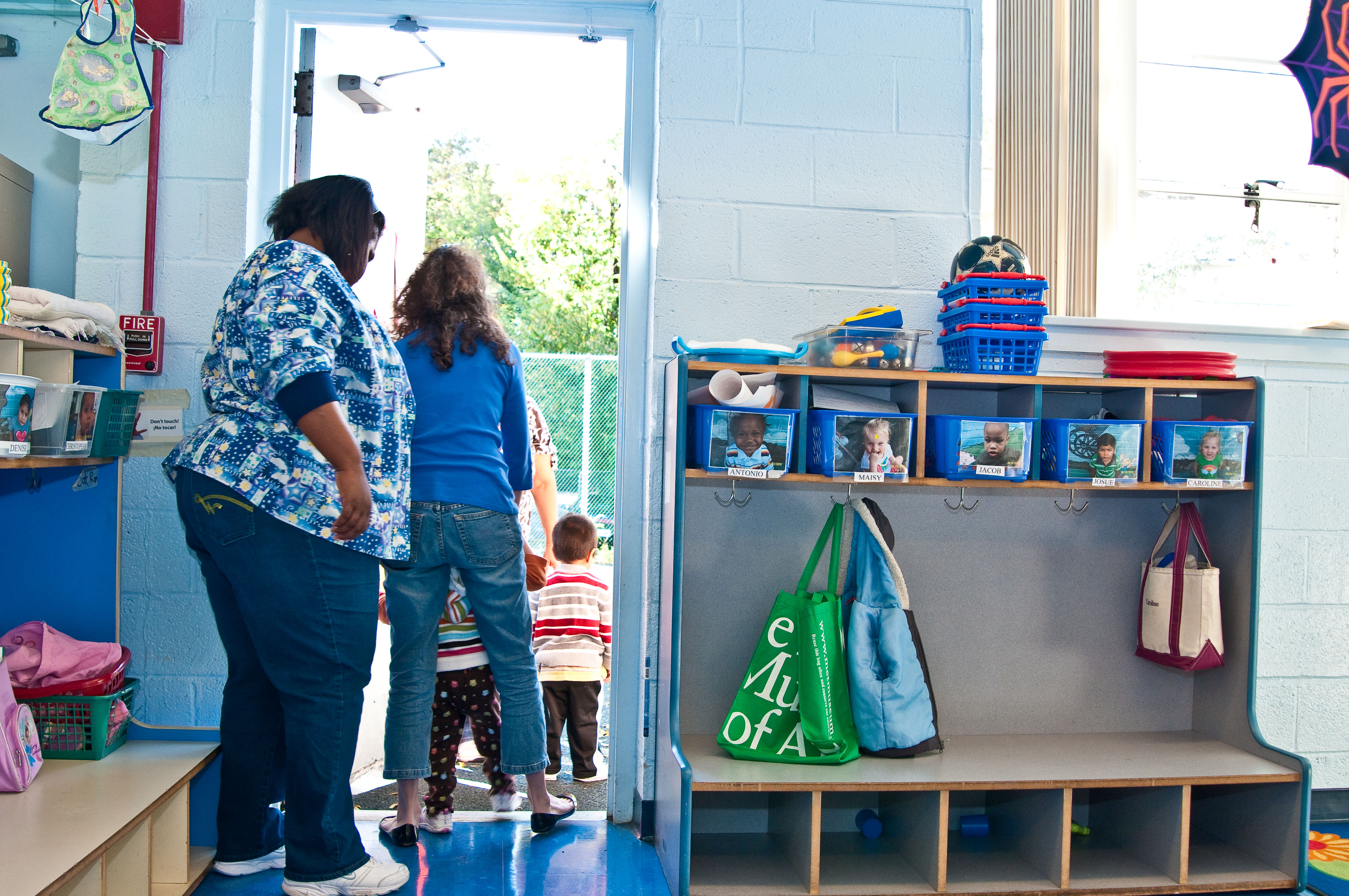.jpg?width=900&name=enjoying-every-second-of-the-day-when-my-daughter--K7VYRPJ%20(1).jpg)
As parents and caregivers navigate a return to the workforce and the start of a new school year, child care is a critical support to reopening the economy and providing stability to families. It has become abundantly clear that no industry will be able to restart if the child care sector is allowed to collapse. We need to ensure that all child care providers can open as soon as it is safe to do so – so that families are able to get back to work as soon as they’re able. To make that happen, Congress must provide at least $50 billion in dedicated child care funding in response to the COVID-19 pandemic.
To make this a reality, advocacy has never been more important. Child Care Aware® of America (CCAoA)has compiled a comprehensive toolkit to make it easy to have an effective conversation with your Members of Congress from the comfort and safety of your own home. The following steps will guide your through these resources.
1) Schedule a virtual meeting
Since Congress still isn’t holding many in-person meetings, most offices will be happy to arrange a teleconference or virtual meeting for you. Setting up a virtual meeting may seem like an intimidating process, but it is important to connect with your Senators and Representatives as they consider additional stimulus relief packages. Remember, policymakers want to hear your experiences and stories! They want to meet with you so they can be informed on your needs and the problems you are facing before voting on legislation. And while Congressional members may not always be available to meet with you, keep in mind that they rely heavily on staff to help educate them on issues. Scheduling a virtual meeting can be done in just five simple steps.
2) Prepare for and have an effective conversation
Once your meeting is set, it is time to prepare. We have put together some best practices and tips you can use before, during, and after your meeting to make sure it’s a success. Members and their staff are working on addressing a myriad of COVID-19 related challenges, so focus on specific issues, like our need for $50 billion in dedicated child care funding, and stay on message with these talking points (PDF download). To keep your meeting focused and purposeful, we’ve also put together a sample meeting agenda and worksheet to help you plan.
3) Tell us how it went
Taking good notes will help you follow-up and report out about how the meeting went. Once your meeting is finished, fill out our Legislator Recap Form. Sharing the outcomes of your meeting with legislators with the CCAoA team helps us understand the work that you're doing so we can continue your efforts at the national level. We want to hear your success stories, as well as any pain points that emerged during your conversation.
4) Share on social media
After you’ve filled out the recap form the only thing left to do is to take your advocacy online! Make sure you tweet, share and post about your experiences to spread the word, and inspire others to get involved and engaged.
Families and communities around the country are counting on us to fight for their child care in this moment, so know that the actions you’re taking now really matter. Our government works best when people get involved and use their voices. By meeting with your representatives—even virtually— you are making a big difference. Thank you!
For quick access, listed here are links to all our virtual advocacy resources:
- Sample meeting agenda
- Sample talking points
- Resources to share with your legislators
- Legislator meeting recap form





